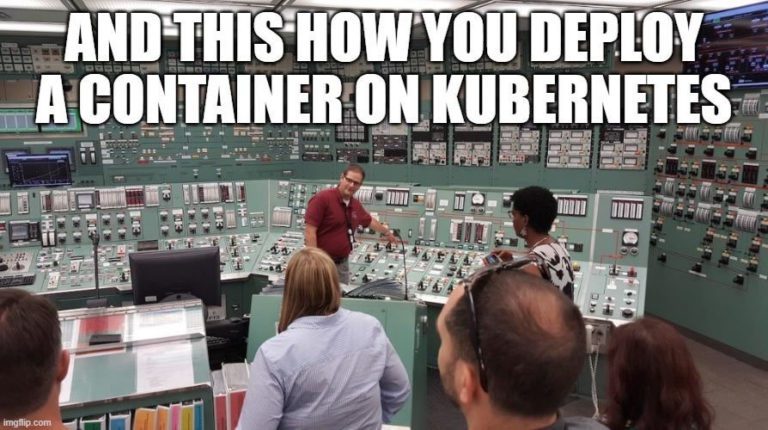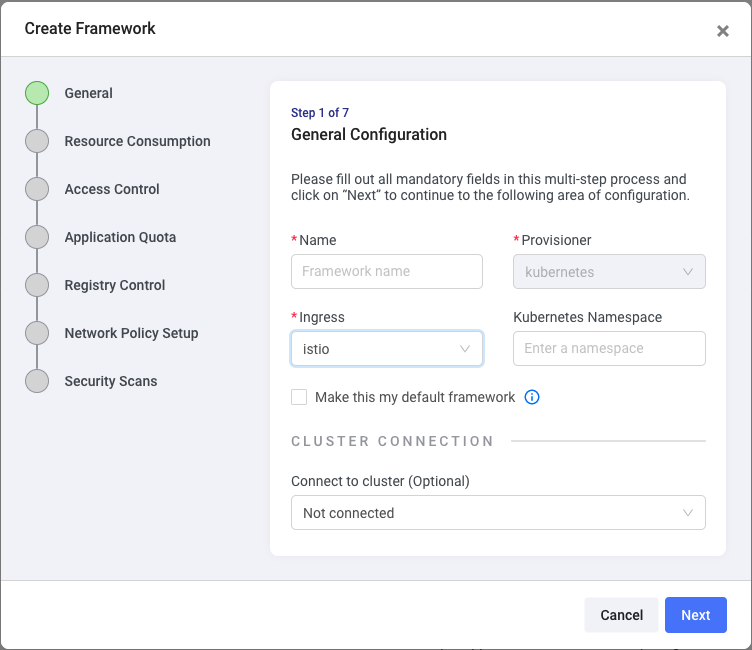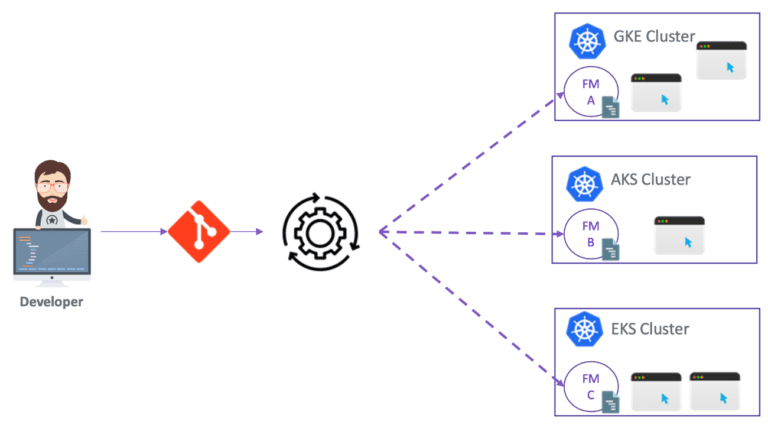Shipa 1.3 – A Workflow Approach to K8s
Kubernetes just turned 7 years old, and over the last couple of years, it has risen in popularity to be the key platform for microservices management consistently. The ecosystem around it is also growing rapidly.
Even though it has grown so much in popularity, its adoption after 7 years is relatively light in the enterprise, and that’s a key point where we spend time on here at Shipa, working with many users on enterprises across different industries to understand some of the key issues that are slowing down this adoption.

We understood from user interactions that Kubernetes fundamentally changes how they deploy, manage, and secure applications. Without a structured workflow, Kubernetes at scale are creating complexities where:
- Instead of empowering developers to deploy applications faster, it slows them down with infrastructure-related concerns.
- It adds complexity around supporting applications post-deployment for both developers and DevOps teams.
- Implementing governance and controls at scale becomes a challenge for DevOps.
- It blurs the line between Developers and DevOps.
What we learned
We learned from these interactions that for enterprises to increase adoption, they would need to have access to a structured workflow that would be agnostic to the underlying Kubernetes infrastructure, help their developers focus on the application code and their DevOps team implement a scalable governance model.
That’s the baseline for Shipa.
Shipa Cloud
Sign up now for a free account Sign up
Shipa 1.3 brings together tons of improvements and significant new features that can help in different ways. Still, our key goal with this version was to: implement a structured workflow that allows Developers to deploy and manage their applications. At the same time, DevOps teams define framework layers that will enable them to address requirements such as governance and developer productivity at scale.
Even though standing up a K8s cluster has its challenges, it is just the beginning.Tweet
Why is this a problem?
To give you context on how big this problem is, when DevOps teams start the Kubernetes journey, even though standing up a cluster has its challenges, it is just the beginning. For it to be used in the organization, the DevOps team needs to implement monitoring, security, governance, CI/CD integrations, and more (much more). To do so, they have to bring together a series of independent components and spend time (a lot of it) stitching them together.
That’s the solution given to their developers as the interface for deploying and managing their applications. Which looks like this:

The challenge with this approach is that once you start reaching a more significant number of services, applications, and users, it’s not uncommon to see teams say that it’s hard to control what was deployed, how, and where. That’s where the Shipa 1.3 framework workflow comes in
A workflow based approach

Using Shipa 1.3, DevOps teams can create frameworks to define rules and governance across resource consumption, RBAC, network, and more. You guessed right, no fiddling around with Rego rules, K8s objects, and others. Teams can create frameworks to tackle simple scenarios such as different frameworks for different environments and complex ones, such as different frameworks for different parts of your application, where each has a different set of rules and governance controls. Once created, these frameworks can then be bound to different K8s clusters. The frameworks also can be connected to your existing CI pipelines.

By doing that, you:
- Enable developers to deploy their applications without even knowing there is K8s behind the framework.
- Ensure that every application deployed into your clusters is safe and follows the governance requirements defined by the DevOps team.
- Increase developer productivity.
- Speed the adoption of K8s in your organization.
Conclusion
Shipa 1.3 brings many additional benefits, but with a structured workflow, we aim to enable DevOps to deliver value faster, focus on governance, and be an enabler in their organization.
You can see the detailed release notes for Shipa 1.3 here.
Sign up for Shipa Cloud and see for yourself how it can help you speed up your Kubernetes adoption.

